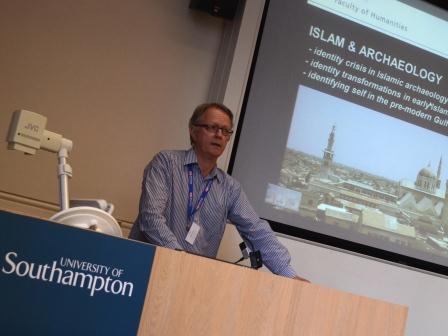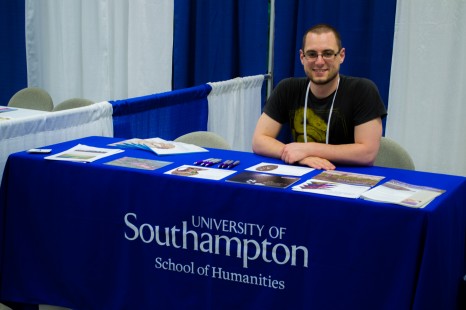
The first major Lower Palaeolithic/Earlier Stone Age site in Greece
Two members of CAHO Dr John (Mac) McNabb and Dr James Cole (Centre for the Archaeology of Human Origins at Southampton) have been working with Greek colleagues from the University of Crete (Professor Nena Galanidou) and the University of Patras (Dr Giorgos Iliopoulos) in Western Greece, on the beautiful island of Lesvos off the coast of Turkey.
Continue reading →







